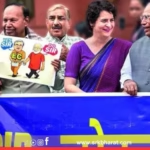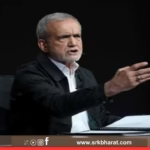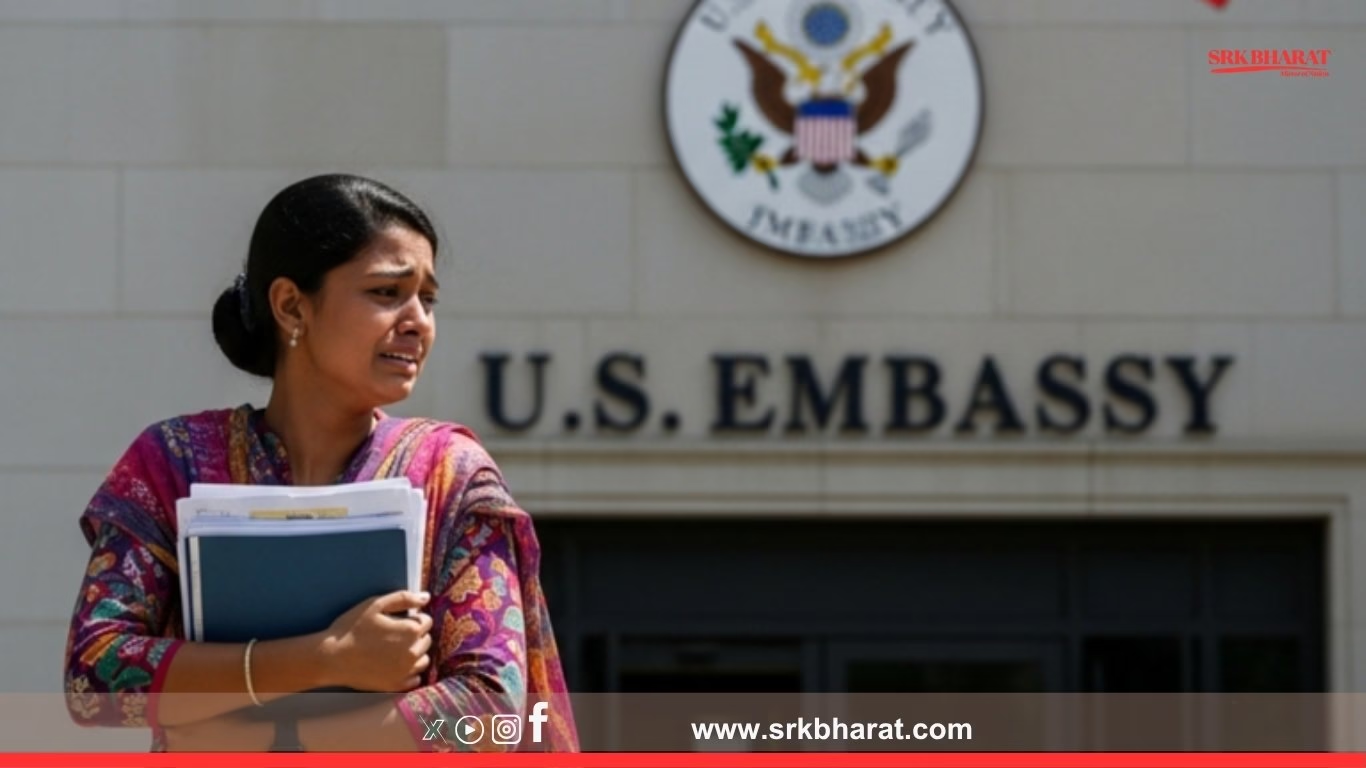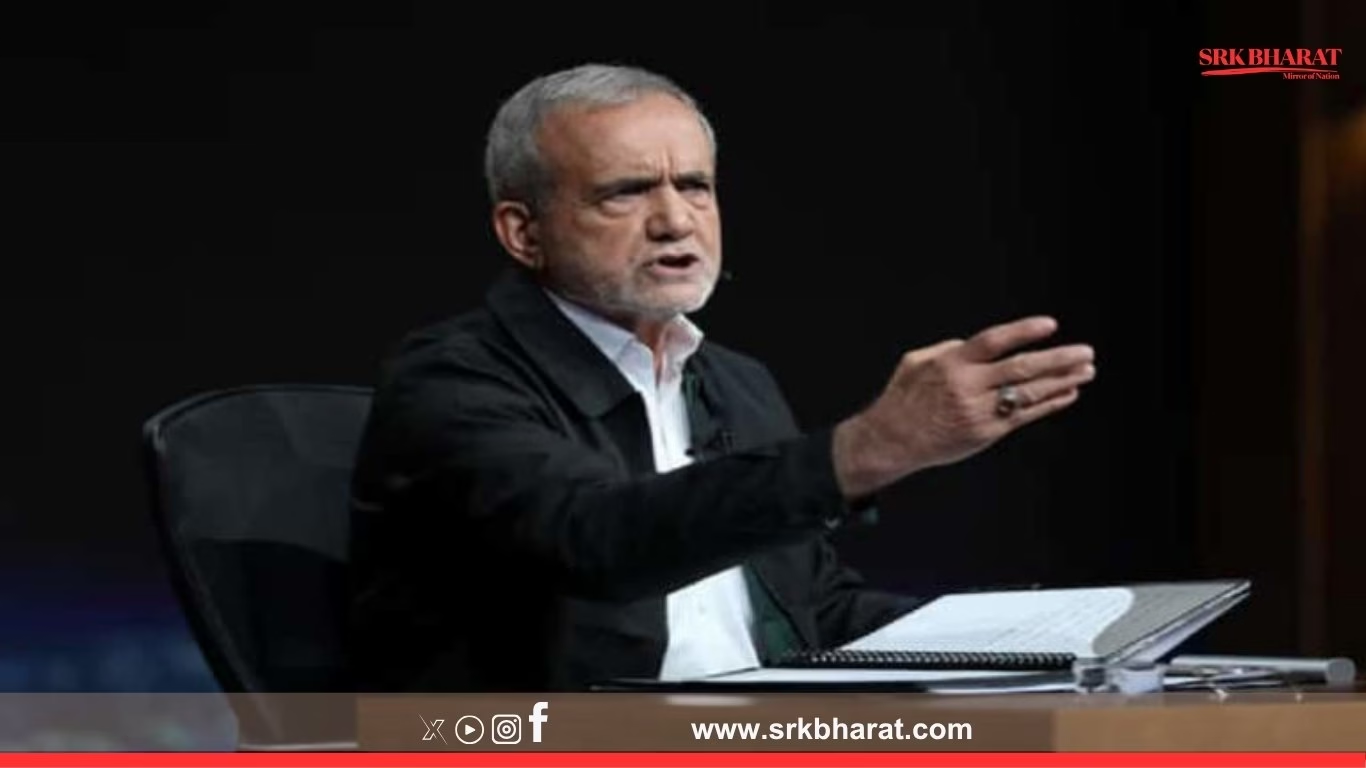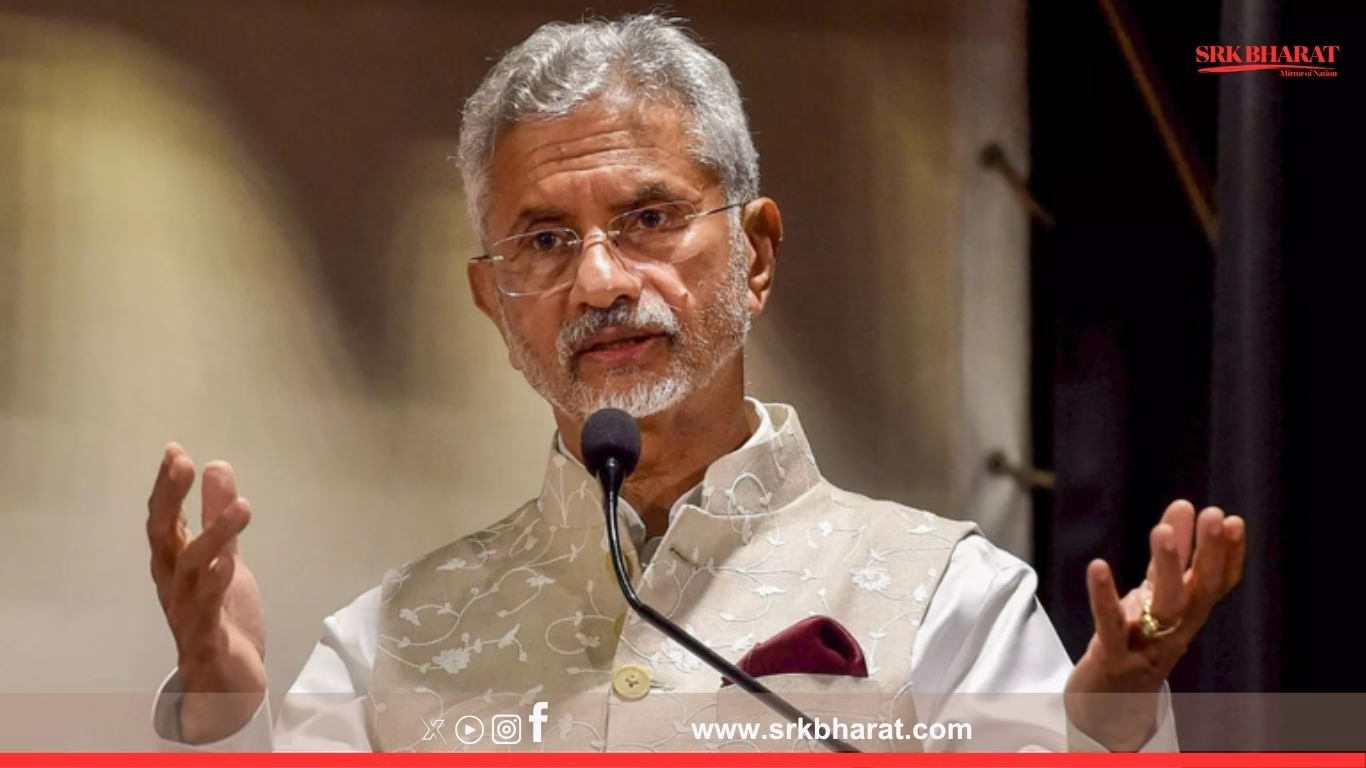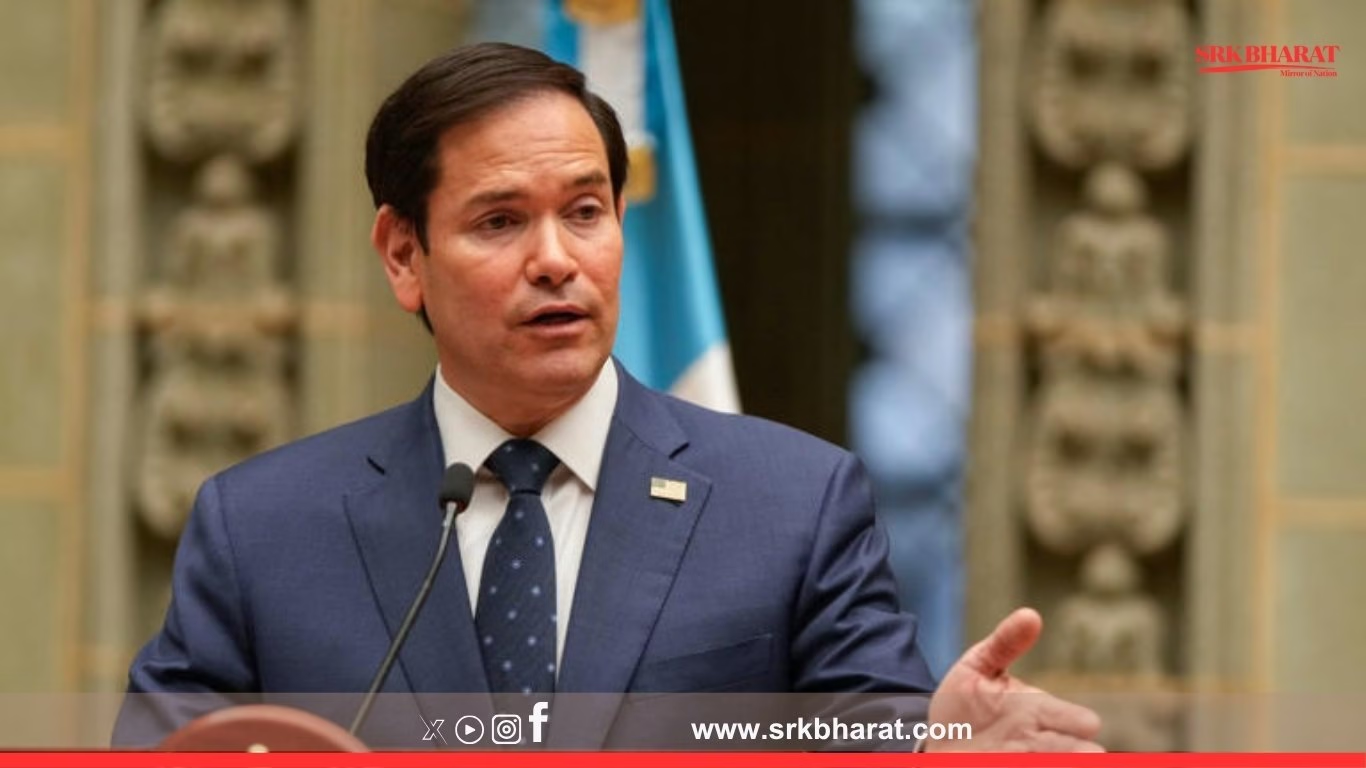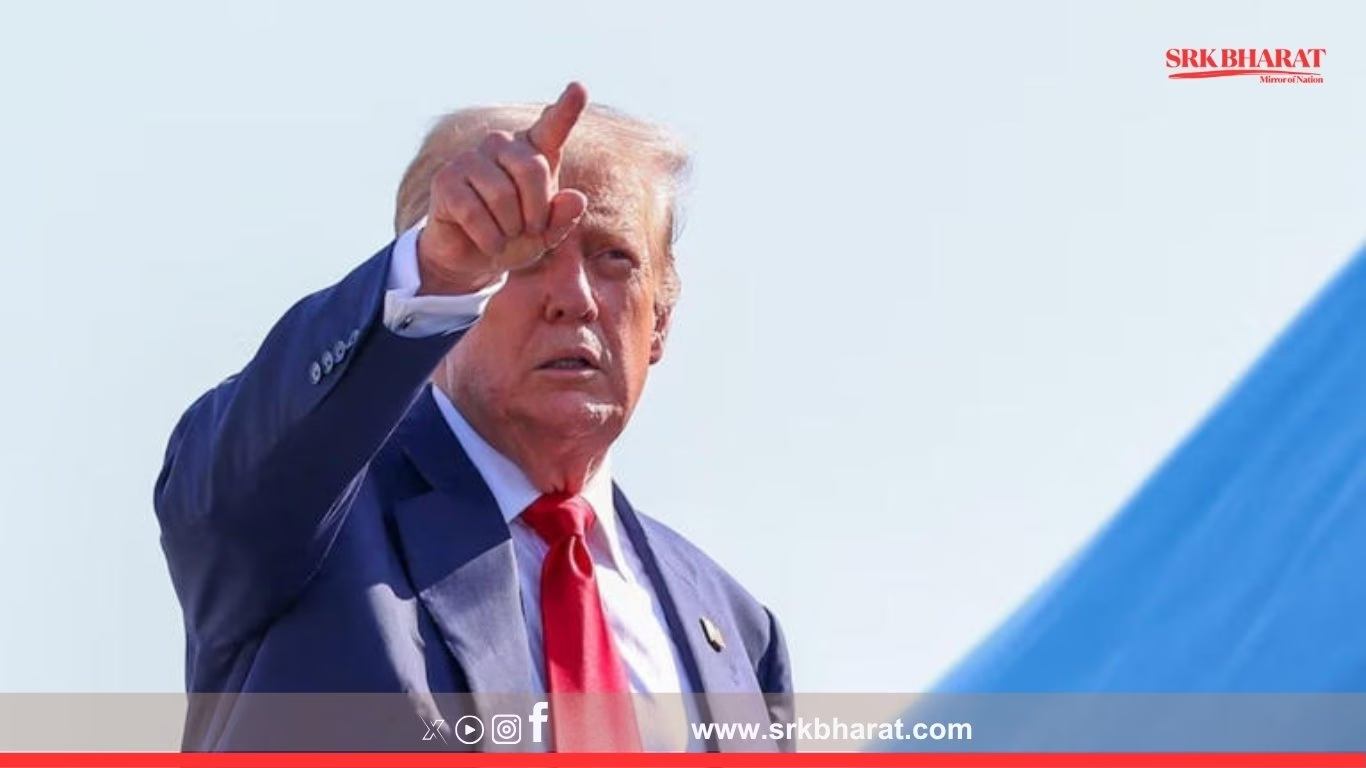Amid mounting concerns over significant delays in student visa processing for Indian nationals, a group of influential US lawmakers has stepped in to urge federal agencies for expedited handling of student visa applications. With India being one of the largest sources of international students for the United States, the delay is impacting thousands of aspiring students hoping to begin or continue their academic journeys in American universities this fall.
The issue has triggered wide-ranging anxiety among students and parents alike, prompting senators and representatives to raise the matter with the US State Department and the Department of Homeland Security. The lawmakers have emphasized that these delays are not only causing distress but may also adversely affect US academic institutions that depend on the vibrant participation of international students, especially from India.
Surge in Indian Applicants, Bottlenecks in Processing
According to recent data from the US Department of State, Indian students made up over 21% of all international students in the United States in the 2023-24 academic year. This upward trend is expected to continue in 2024-25, with more than 300,000 Indian students projected to enroll across undergraduate, postgraduate, and research programs.
However, the current backlog in student visa appointments, particularly for F-1 visa applicants, is straining this momentum. Students report months-long waits for visa interviews at US consulates in Delhi, Mumbai, Hyderabad, Chennai, and Kolkata, jeopardizing their ability to reach the US in time for the start of the academic session.
Timeline of Student Visa Challenges and Developments
| Date | Event | Description |
|---|---|---|
| March 2024 | Surge in Applications | US missions report 25% rise in student visa applicants from India |
| May 2024 | Visa Slot Shortages | Reports emerge of long wait times for F-1 visa slots |
| June 2024 | Lawmaker Intervention | US Congress members write to the State Department |
| July 2024 | Consulate Expansion | Additional staff and interview windows added in select Indian cities |
| August 2024 | Unresolved Delays | Students continue to report uncertainty and stress |
What the Lawmakers Are Demanding
Led by bipartisan representation from states with large academic institutions, the group of US lawmakers has recommended the following key measures:
- Increased staffing at US consulates in India to handle seasonal visa surges.
- Flexible scheduling of student visa interviews, including weekend appointments if necessary.
- Temporary waivers or extended validity for returning students with valid prior F-1 visas.
- Transparent communication with applicants regarding processing timelines.
Their message to the administration underlines the urgent need to maintain America’s reputation as a welcoming destination for international education and to avoid disruptions that could have long-term consequences.
US Universities Express Concern
Universities across the US have also voiced apprehension over the delays. Institutions like the University of California system, NYU, and Purdue have reported that a considerable number of Indian admits are facing uncertainty due to prolonged waiting periods for visa appointments.
The impact of this delay isn’t limited to academics alone. Many of these students are offered research assistantships, graduate teaching roles, or internships, which require timely arrival. Delays may lead to withdrawal of offers or postponement of academic engagement, potentially affecting both the student and the host institution.
| Impact Area | Consequence |
|---|---|
| University Programs | Reduced international enrollment, research disruption |
| Students | Financial loss, mental stress, deferred admissions |
| US Economy | Loss of tuition fees, housing revenue, academic contributions |
| Bilateral Relations | Diplomatic pressure, impact on people-to-people ties |
Voices from Indian Students
Many affected students have taken to social media to share their experiences, with hashtags like #StudentVisaBacklog and #F1VisaIndia trending across platforms.
“My session starts on August 15, and I still don’t have a visa interview scheduled. I applied months ago,” said Ananya Sharma, an engineering graduate admitted to a California university. “The process is broken, and we need urgent help.”
For many families in India, sending a child to the US for higher education involves significant financial planning and emotional commitment. These delays have not only disrupted academic plans but also created additional travel and housing complications.
US Embassy Response and Measures
In response to the mounting pressure, the US Embassy in India has acknowledged the situation and taken partial corrective measures:
- Special student-focused visa days are being held.
- Consular staff has been increased in high-demand cities.
- Technical upgrades are underway to improve scheduling efficiency.
Yet, stakeholders believe that these efforts, while positive, may not be enough unless scaled up immediately to accommodate the unprecedented demand.
Comparative Student Visa Issuance: India vs Other Countries
| Country | Visa Wait Time (Average) | Student Volume (2023) |
|---|---|---|
| India | 50–120 days | 290,000+ |
| China | 30–60 days | 270,000+ |
| South Korea | 15–30 days | 55,000+ |
| Brazil | 20–40 days | 25,000+ |
India remains at the top of the list in terms of student visa demand but lags significantly in average processing speed. Experts argue that India should be prioritized accordingly.
Broader Implications for US-India Relations
Educational exchange forms a core pillar of the US-India relationship. The recent delay, if unaddressed, could lead to long-term reputational damage for US institutions among Indian students, who may start exploring alternatives like Canada, the UK, Australia, or Germany.
Moreover, Indian students contribute an estimated $10 billion annually to the US economy through tuition, housing, and other living expenses. Any disruption in their inflow would have financial ramifications as well.
Future Pathways and Policy Suggestions
In light of the ongoing challenges, education policy experts and student advocacy groups have proposed the following:
- Longer validity of student visas for multi-year programs.
- Pre-authorization schemes for top academic performers to fast-track approvals.
- Joint India-US education working group to monitor visa trends and address emerging issues.
- Digital documentation and AI-backed scheduling to reduce human bottlenecks.
Conclusion
The delays in student visa processing for Indian students have revealed structural gaps in the US consular system’s preparedness during peak application seasons. The intervention by lawmakers marks a significant acknowledgment of the problem and raises hope for timely resolutions.
However, with academic sessions about to begin, time is of the essence. Immediate action is necessary not just to address student grievances, but to protect the broader image of the United States as a trusted and reliable destination for global education.
For thousands of young Indian minds waiting for clarity, this is not just a bureaucratic hurdle — it’s a decisive moment that could shape their futures and redefine the dynamics of one of the most important educational partnerships in the world.
Disclaimer: This news content is intended for informational and editorial purposes only. All data, opinions, and statements are derived from publicly available records and do not represent legal advice or official policy. Readers are advised to confirm details through official sources and consular advisories.

